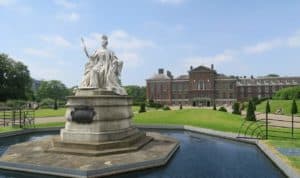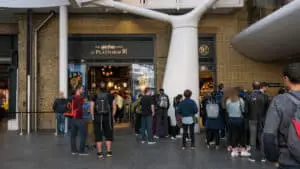Wonka’s Whimsical World: Around the UK Filming Locations
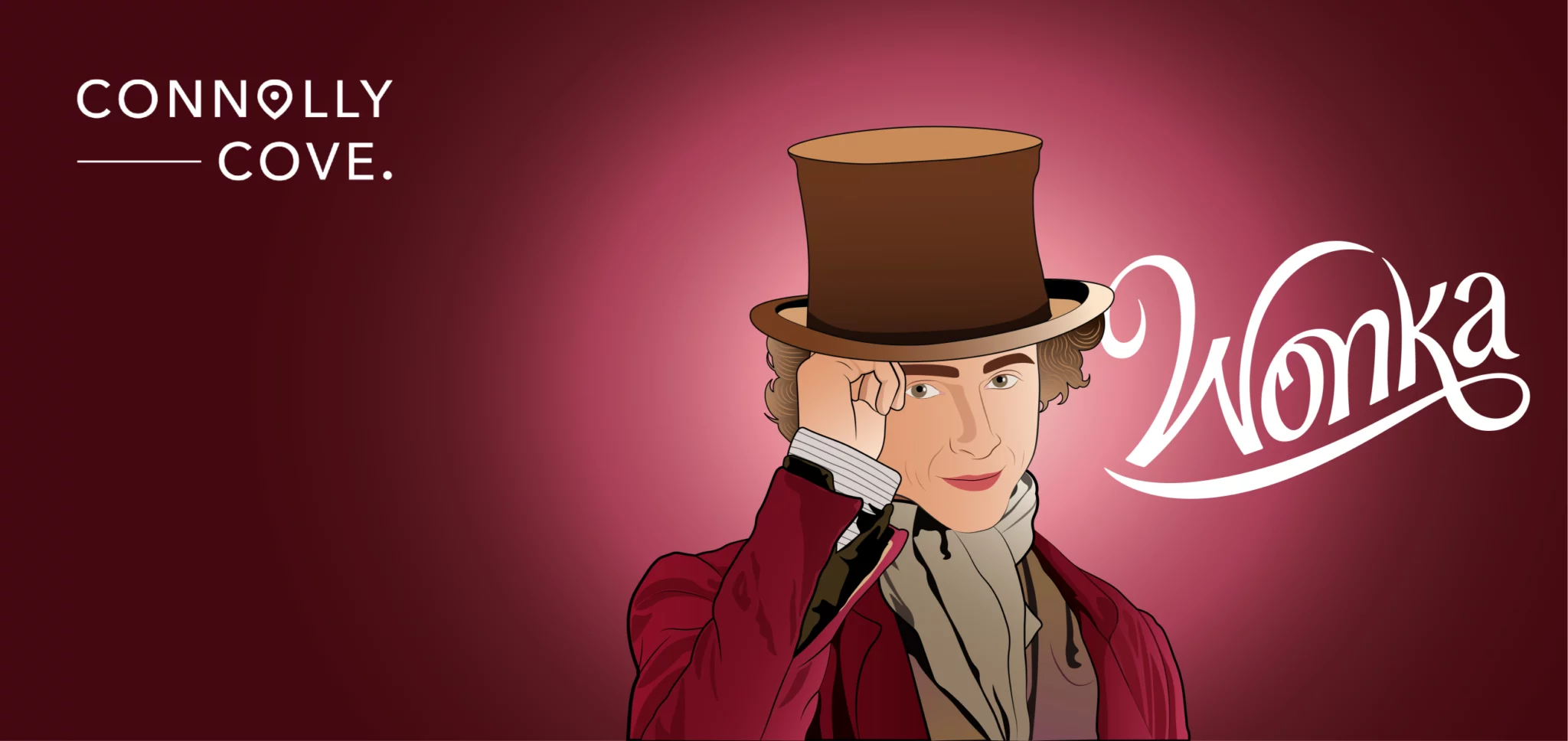
Updated On: March 01, 2024 by Yasmin Elwan
Beyond the screen, beyond the magic, lie the real places that brought Wonka 2023 to life, where young Willy once dreamed of Everlasting Gobstoppers, and rivers of Wonkavision glittered in his mischievous eyes. We’ll trace the footsteps that shaped the chocolatier’s journey from quaint English villages to whimsical Bavarian castles, revealing the real roots of his fantastical invention.
A Wonka Overview
Wonka, a 2023 musical fantasy film helmed by director Paul King, co-written with Simon Farnaby, unveils the early days of Willy Wonka, the beloved chocolatier from Roald Dahl’s 1964 novel Charlie and the Chocolate Factory. Timothée Chalamet takes on the title role, supported by a stellar cast including Calah Lane, Keegan-Michael Key, Paterson Joseph, and more.
The film premiered in London on November 28, 2023, at the Royal Festival Hall, Southbank Centre, followed by releases in the UK on December 8 and in the US on December 15 by Warner Bros. Pictures.
Where was Wonka Filmed?
The entire production was captured in the United Kingdom, featuring picturesque locales like Lyme Regis, Bath, Verulamium Park, Abbey Mill Lane in St Albans, Mapledurham, the Rivoli Ballroom in London, Watford, and Oxford.
Notable scenes, such as the harbour and the main square, were skillfully filmed in Lyme Regis and Warner Bros. Leavesden Studios, respectively.
Lyme Regis
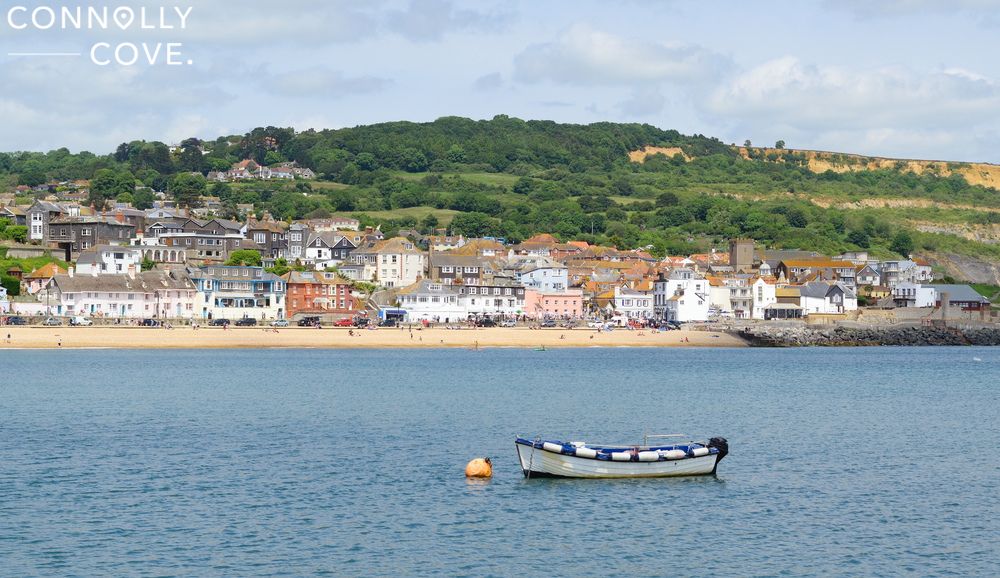
In Lyme Regis, Dorset, the iconic breakwater harbour wall known as The Cobb underwent a magical transformation into a winter wonderland during the filming of Wonka. Adding historical charm to the scene, the world’s last surviving steam drifter, the 1930s Lydia Eva, was gracefully moored in the harbour to depict the moment when the young Willy Wonka arrives in England.
The Cobb, with its picturesque curve around the harbour, takes centre stage in two pivotal scenes. Serving as a grand entrance, it witnesses Willy’s arrival atop his van after his globetrotting adventures. Timothée Chalamet, portraying the whimsical character, is captured joyfully descending the famous Lyme Regis steps, creating an enchanting cinematic moment.
What Can a Visitor See and Do in Lyme Regis?
Lyme Regis, a charming coastal town in Dorset, England, offers a variety of attractions and activities for visitors to enjoy. Here are some highlights:
- The Cobb: A picturesque harbour wall known as The Cobb is an iconic feature of Lyme Regis. Visitors can take leisurely strolls along this historic structure, which has been featured in literature and film, including Jane Austen‘s “Persuasion” and John Fowles’ “The French Lieutenant’s Woman.”
- Lyme Regis Beach: The town boasts a beautiful sandy beach, providing an ideal setting for relaxation and seaside activities. Visitors can sunbathe, build sandcastles, or take a refreshing dip in the English Channel.
- Lyme Regis Museum: Delve into the town’s rich history and heritage at the Lyme Regis Museum. Exhibits cover a range of topics, including the town’s maritime history, geology, and notable residents like Mary Anning, a pioneering fossil collector.
- Fossil Hunting: Lyme Regis is renowned for its Jurassic Coast, a UNESCO World Heritage site. Fossil enthusiasts can join guided fossil walks or explore the beaches independently in search of ammonites, belemnites, and other prehistoric treasures.
- Dinosaurland Fossil Museum: This museum provides an in-depth look at the world of dinosaurs and the fossils found along the Jurassic Coast. It’s a great place for families and those interested in palaeontology.
- Marine Theatre: Enjoy cultural experiences at the Marine Theatre, which hosts various events such as live performances, concerts, and film screenings. The venue, perched on the cliffs, offers stunning views of the coastline.
- Lyme Regis Art Scene: The town is home to numerous art galleries showcasing local and contemporary artists. Visitors can explore unique pieces, paintings, and sculptures reflecting the town’s artistic flair.
- Local Cuisine: Indulge in delicious seafood and local cuisine at the town’s restaurants and cafes. Lyme Regis offers a range of dining options with fresh catches from the sea.
- Boat Trips: Take a boat trip along the coastline for a different perspective of Lyme Regis. Some tours may include fossil hunting or wildlife watching.
- Events and Festivals: Check the local calendar for events and festivals, including the Lyme Regis Fossil Festival and the Lyme Regis ArtsFest, which add vibrant energy to the town.
Whether you’re interested in history or nature or simply enjoying the seaside atmosphere, Lyme Regis has something to offer every visitor.
Bath
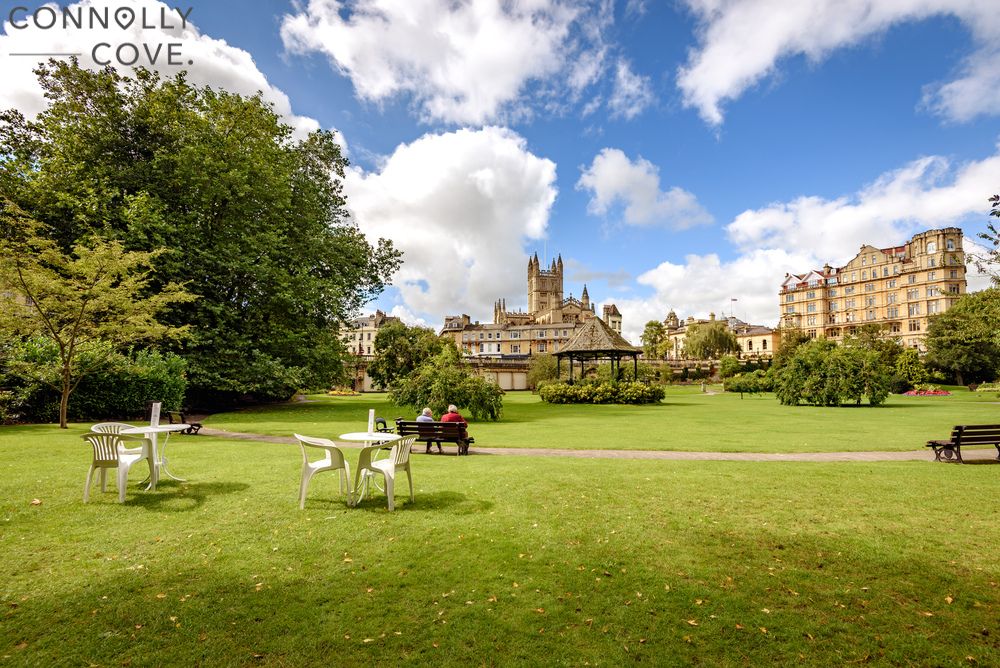
In the enchanting city of Bath, renowned for its timeless charm and architectural marvels, a selection of distinguished locales served as the cinematic canvas for the filming of the new Wonka movie. Transporting audiences into a whimsical world of wonder, these carefully chosen locations, steeped in history and beauty, played an integral role in bringing the fantastical narrative to life.
Bath boasts a long and illustrious history as a filming location, attracting filmmakers with its stunning Georgian architecture, picturesque countryside, and historical charm. Notable films and TV shows that feature Bath include the Netflix popular period drama Bridgerton, the award-winning masterpiece Les Misérables, and the iconic Portman-Johansson The Other Boleyn Girl. Wonka is the newest movie to join this extensive list with the following locations:
Bath Abbey
Bath Abbey, a stunning Gothic church, provided a dramatic backdrop for the Wonka movie. Its intricate architecture and historical significance added a sense of grandeur to the film. Bath Abbey was not only a visual spectacle but also a central location for key scenes. Vintage cars and artificial snow transformed the area into a captivating setting, creating a juxtaposition of the ancient and whimsical.
When visiting Bath Abbey, marvel at its awe-inspiring Gothic design, adorned with intricate details like fan vaulting and medieval stained glass windows. Engage in insightful guided tours that unravel the abbey’s historical significance, or ascend its tower for panoramic views of Bath’s charming landscape.
Immerse yourself in the acoustical delights of musical events within the abbey’s hallowed halls or explore the Heritage Vaults Exhibition, housing a collection of historical treasures. Whether attending a regular service for spiritual reflection, admiring the West Front carvings, or participating in festive celebrations, Bath Abbey offers a captivating journey through time and culture.
Parade Gardens
Nestled along the river, Parade Gardens served a dual purpose during the movie’s production. Beyond its natural beauty, it housed essential production offices for the crew, blending functionality with scenic charm.
The tranquil ambience of Parade Gardens offered a unique working environment for the crew, allowing them to seamlessly integrate their behind-the-scenes efforts with the natural splendour of the riverside setting.
The place offers a serene retreat for visitors, inviting them to immerse themselves in the beauty of its meticulously landscaped surroundings. Whether strolling along the picturesque riverside paths, marvelling at vibrant seasonal floral displays, or finding serenity on strategically placed benches, the gardens provide a haven of relaxation.
Historic statues, fountains, and a charming café terrace overlooking the River Avon contribute to the gardens’ timeless allure. Families can enjoy the children’s play area, while the venue occasionally hosts events, festivals, and outdoor art exhibitions. Parade Gardens, with its diverse offerings, serves as a delightful escape into nature’s embrace in the heart of Bath.
Colonnades
Tucked away between Parade Gardens and the iconic Pulteney Bridge, Colonnades is a hidden architectural gem. Its classical columns and graceful design likely contributed to the film’s visual richness.
Colonnades, although lesser-known, played a significant role in enhancing the overall aesthetic of the movie. Its presence in the backdrop added a touch of sophistication to the scenes filmed in this vicinity.
Walcot Artisan Quarter
Walcot Artisan Quarter, characterised by its steep street leading from Walcot Street to The Paragon, added a dynamic element to the film’s setting. The steep incline and unique architectural features of Walcot Artisan Quarter could have been leveraged to create visually captivating sequences. Its narrow lanes and historic structures may have played a role in shaping the film’s aesthetic.
These Bath locations, carefully chosen for their historical significance and aesthetic appeal, seamlessly integrated into the Wonka movie, contributing to the visual narrative of the film.
Oxford
Oxford, the venerable city of spires and scholarly legacy, served as a captivating backdrop for filming scenes in the Wonka movie. The historic Bodleian Library, with its iconic architecture and storied halls, played a significant role in creating an enchanting atmosphere.
Catte Street, Broad Street, New College Lane, Brasenose Lane, and Merton Street added layers of visual richness to the cinematic narrative, showcasing the city’s medieval charm and timeless appeal. The scenes filmed in Hertford College unfolded against the backdrop of its historic buildings, contributing to the film’s immersive experience.
What Can a Visitor Do in Oxford?
Oxford, a city renowned for its scholarly heritage and architectural splendour, offers visitors a myriad of captivating experiences. Here’s what you can do in Oxford:
- Explore the University Colleges: Embark on a journey through Oxford’s prestigious university colleges, each with its own unique history and architectural charm. Notable colleges include Christ Church, Magdalen College, and Balliol College.
- Visit the Bodleian Library: Discover the treasures housed in the Bodleian Library, one of the oldest and most renowned libraries in Europe. Take a guided tour to explore its historic reading rooms and learn about its fascinating collection.
- Punt on the River Cherwell: Enjoy a leisurely punt along the scenic River Cherwell. This quintessential Oxford activity provides a relaxing way to view the city’s landmarks from the water.
- Marvel at Radcliffe Camera: Admire the iconic Radcliffe Camera, a striking neoclassical building that serves as a reading room for the Bodleian Library. Capture its grandeur and learn about its architectural significance.
- Visit the Ashmolean Museum: Immerse yourself in art and history at the Ashmolean Museum, the world’s first university museum. Explore its diverse collections, featuring everything from Egyptian mummies to European paintings.
- Stroll through the Botanic Garden: Take a tranquil stroll through the University of Oxford Botanic Garden, one of the oldest botanical gardens in the world. Admire a wide array of plants and themed gardens.
- Climb Carfax Tower: Ascend Carfax Tower for panoramic views of the city. This historic tower provides an excellent vantage point to appreciate Oxford’s skyline and landmarks.
- Wander the Covered Market: Explore the bustling Covered Market, a vibrant shopping destination with a mix of traditional and modern stalls. Indulge in local treats, find unique souvenirs, and soak in the lively atmosphere.
- Attend Evensong at a College Chapel: Experience the enchanting tradition of Evensong by attending a service at one of the college chapels. The ethereal music and serene ambience offer a glimpse into Oxford’s cultural and religious heritage.
- Discover the Museum of Natural History: Delve into the wonders of the natural world at the Museum of Natural History. Marvel exhibits featuring dinosaurs, gemstones, and geological specimens.
- Join a Walking Tour: Enrich your visit with a guided walking tour, where knowledgeable guides share captivating stories about Oxford’s history, famous residents, and hidden gems.
St. Albans
Verulamium Park, nestled in the heart of the charming town of St Albans, served as a picturesque backdrop for scenes featuring Wonka and his companion Noodle, a young orphan portrayed by the talented Calah Lane. Overlooking the park is the magnificent St Albans Cathedral, lending a timeless ambience to the cinematic narrative.
The sprawling 100-acre parkland underwent a magical transformation, adorned with snow, bright lights, and a touch of CGI wizardry. Notable features such as the 1930s-constructed lake and the iconic bandstand take centre stage in the film’s enchanting scenes. Abbey Mill Lane, a quaint thoroughfare near the town’s cathedral, adds an extra touch of charm, making it a delightful visual element in the movie.
When you visit this distinguished place, delve into the Roman past at Verulamium Museum before meandering through the medieval allure of Fishpool Street. Indulge in the vibrant energy of St Albans Market or experience contemporary shopping at the Maltings Shopping Centre.
Enjoy live performances at The Alban Arena and embrace the outdoors along the scenic Alban Way. Visit the historic Gorhambury Estate for a glimpse of architectural grandeur and savour the atmosphere of centuries-old pubs. With its diverse offerings, St. Albans promises a memorable blend of history, culture, and natural beauty for every visitor.
For those enchanted by the whimsical world created in the Wonka movie, an invitation awaits to step into the real-life settings that brought the magic to the silver screen. The allure of these cinematic backdrops beckons, inviting you to turn the reel into reality and embark on a journey that transcends fiction. Which destination is your favourite?




